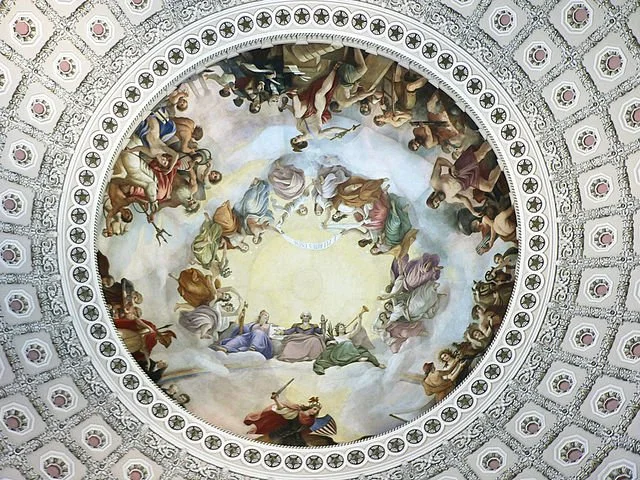When immigrants move to the United States, they are searching for a better life than the one they were dealt. What they do not expect are the problems they will experience while doing so — especially problems within themselves. Using my own personal experience with feeling that I didn’t fully belong and representations in Sandra Cisneros’s 1983 novel The House on Mango Street Julia Alvarez’s 1991 novel How the García Girls Lost Their Accent, I will demonstrate how young Hispanic/Latino girls experience identity crises because of their different cultures clashing.
Read MoreOver 150 years have passed since the publication of Louisa May Alcott’s Little Women, yet the same hurdles exist for female authors and authors of color. The powerful, grandiose publishing houses separate this group from its path to success and place them on a rocky road to failure. Writers are struggling to earn a livable salary, authors remain underrepresented, their voices are getting shut down, and they cannot escape hateful comments. Little Women calls attention to the barriers within the publishing industry, both former and present, through the use of Jo March.
Read MoreWhile the American perspective argues that painter John Ferren introduced abstraction to Beirut, contemporaneous Lebanese paintings and mapping data suggest that the city boasted strong cultural foundations prior to the American’s arrival. Rather than attribute Ferren with sparking Beirut’s artistic development, I propose that Beirut’s existing status as a cultural hub within the Middle East rendered it attractive to American diplomatic efforts and shaped Ferren creatively, as revealed by the evolution of his oeuvre following his time abroad.
Read MoreThough living document theorists allow for some “revamping” of the Constitution through interpretation, the core document still remains an authoritative and sometimes oppressive force through interpretative devotion to content. Both the originalist and living constitutionalist interpretative lenses hinder progress and uphold a document that may no longer be fully relevant in its current state. Instead of a new method of interpretation, following the logic proposed by Sontag, the form of the Constitution should be considered. Thus, when issues of this strange new world arise that could not have been envisioned by the founding fathers, we need not guess what their stance would be or twist ancient texts to fit modern needs.
Read MoreTwo lovers are locked in an embrace. The woman folds her swan like neck over her lover, the weight of her body rests atop his. And yet the man appears strangely distracted. He looks away from her, toward a framed painting to his left —a portrait he made of the same woman, still in its early stages. In Raphael and La Fornarina, Jean-Auguste-Dominique Ingres depicts the artist he seeks to emulate the most —Raphael —with his muse, the Fornarina, on his lap. The master and the model become reduced to actors with rigid roles to play: the irresistible seductress and the powerlessly, although distractedly, seduced.
Read MoreItalian artists Alberto Burri and Umberto Boccioni were artists that created modernist art that reflected the overall sentiment of Italian society during their respective times. Although their art was made in two different time periods, as Boccioni created Futurist art under Mussolini’s Fascist regime and Burri created art as a response to the traumas left behind by it, their art represents changes made to Italian society as a result of a political ideology. It is through the complete study of the primary sources from this time that one can understand the integral nature of these works in the overall understanding of the way in which Italy both coped and lived as a result of Mussolini.
Read MoreFilm as a visual medium has been established as one of the most accessible displays of the human condition, nuanced philosophical discussion, and societal examination since its invention at the turn of the twentieth century. Despite its adolescence as a vehicle for narrative, film was, for a time, the most popular storytelling form, surpassing theatrical performances, stage plays, and technical innovations such as FM radio. However, due to the invention of television and its emergence as a separate genre, film has now emerged as one of many alternatives to experiencing moving, visual art. Artists began to utilize this art form to examine the human psyche and the environment from which it was constructed to more complex examinations such as the desire for self-discovery. Gender and sexuality when expressed in this fashion is often[i] used as a foil for this desire and can be utilized to grapple with one’s identity being either outside the norm or accepted at any capacity, the most contentious being identities under the trans hypernym (transsexuality, crossdressing, etc.)
Read More
![“The Hispanic [Identity] Challenge”: How Ethnocultural Identities are Challenged by American Society](https://images.squarespace-cdn.com/content/v1/5408aff5e4b03d3eb86890c1/1681913763204-YJ0MLNWXQADJEW6C71SS/house+on+mango+street.jpeg)





